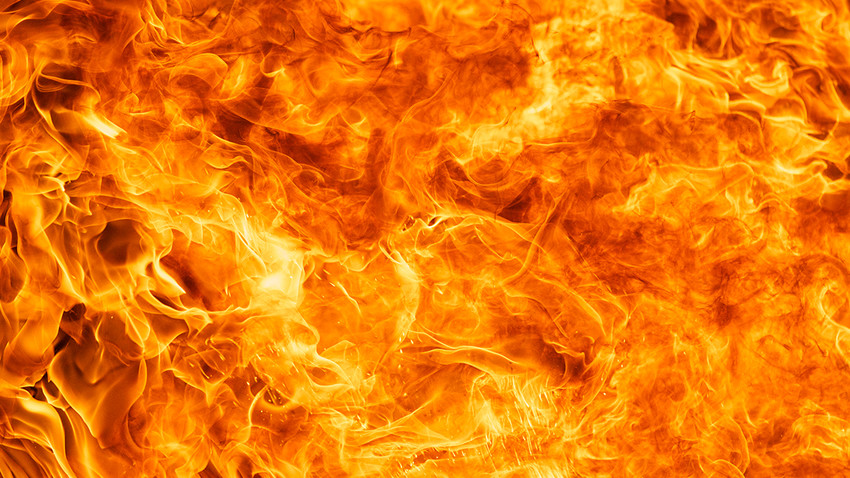
“Great Revival”-What Fire Is That?
I’ve been brooding over that two-word phrase we shared last Sabbath in the opening of “American Apocalypse." Here’s the quotation: “When we as a people understand what this book [Revelation] means to us, there will be seen among us a great revival” (TM 113). So what would such a “great revival” look like?
Acts 2 is the dynamite narrative of Holy Spirit’s Day of Pentecost outpouring. For ten days 120 followers of Jesus have been gathered in the Upper Room praying together, confessing together, bonding in the Spirit together—earnestly claiming the promise Jesus made to them days before He returned to heaven: “‘. . . wait for the gift My Father promised, which you have heard Me speak about. For John baptized with water, but in a few days you will be baptized with the Holy Spirit’” (Acts 1:4-5).
And so they waited. When one early morning as they were praying, the heavens blew open with the roar of “a violent wind” while a fiery ball of flame descended, darting tongues of flame over the heads of the stunned disciples. “All of them were filled with the Holy Spirit and began to speak in other tongues as the Spirit enabled them” (Acts 2:4).
Is that what “great revival” from the study of Revelation will look like? Maybe. But let’s press deeper into the Apocalypse.
What is the theme of the book? “The revelation [apocalupsis] from Jesus Christ, which God gave Him to show His servants what must soon take place” (Revelation 1:1). Of course, Jesus is the theme. From cover to cover Revelation reveals the truth from, the truth of, the truth about our Lord Jesus. Thus any “great revival” sparked by the study of Revelation must be some sort of Jesus-saturated, Christ-centered spiritual reformation (revolution even), ignited by the Holy Spirit in direct response to the earnest prayers and pleadings of God’s people.
Why would they be pleading? Because from their deepening study of the book, the magnitude of the impending conflict with the dragon (the raging Satan) dawns on the people of God. Crushed though he was by the Lamb of God at the cross, the dragon, with retaliating ruthless fury, has through the intervening centuries turned on the followers of Christ. And through his evil consort, described by the Apocalypse as “drunk with the blood of God’s holy people” (Revelation 17:6), the dragon will yet turn the past into prologue and with rage set out to annihilate God’s last friends on earth. No wonder they plead before God!
All of which means impending crisis can be an effective catalyst for such earnest pleading. And such earnest pleading can be the catalyst for “great revival.” And “great revival” can be the catalyst for the greatest spiritual movement ever on Earth.
“Servants of God, with their faces lighted up and shining with holy consecration, will hasten from place to place to proclaim the message from heaven. By thousands of voices, all over the earth, the warning will be given. Miracles will be wrought, the sick will be healed, and signs and wonders will follow the believers. Satan also works, with lying wonders, even bringing down fire from heaven in the sight of men. Revelation 13:13. Thus the inhabitants of the earth will be brought to take their stand” (The Great Controversy 612).
And that is how a deepening study of Revelation will help us “understand what this book means to us” as a people—by igniting fresh passion for Jesus, by illuminating apocalyptic prophecy (and history) in advance, by instilling a longing to be all or nothing for our Savior, by inspiring us to our knees in pleadings before God. This is what “great revival” will look like. For this will you join me in earnestly praying?